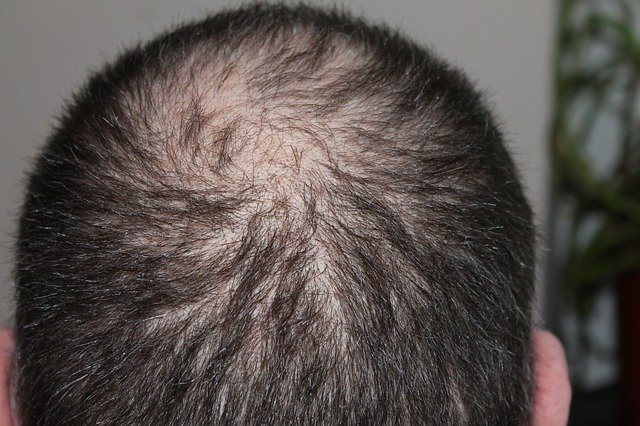Losing hair can sometimes be a painful experience for men and women alike. Although, it is said that a person’s confidence comes from their smile, truth be told, the hair plays an important role too.
Research has proven the link between hair and confidence and going as far as saying that the state of your hair affects your physical attractiveness. This might affect your self-esteem in social gatherings.
Perhaps this is the reason there’s an increasing number of people willing to spend hundreds and thousands of dollars on hair treatments or even hair transplants when they suffer from hair loss. Hair transplant procedures have gotten more advanced over the years, but there are still many misconceptions about the procedure.

Here are 4 amazing things you never knew about hair transplant:
1. It’s Unlikely you have Just One Hair Transplant In Your Life
Typically, during their lifetime, an average hair transplant patient will have about two to four hair transplant surgeries. This is because hair loss is a progressive condition that doesn’t simply halt after a single operation. While you can trust the transplanted hair of your first procedure to stay put forever, your body naturally lets go of your natural hairs, so those areas will subsequently need to be attended to.
The nature of hair is so appealing that you will always want more and since there’s an avenue to always refine it and tweak it, one can easily get overwhelmed with the pursuit.
Be mindful it’s never just one transplant operation and you’re done. No, far from it. Hair can be a bit like money in that respect: you always want more. Leading hair transplant surgeons at Melbourne clinic have revealed that most patients are thrilled with their first hair transplant procedures, but most times they still return for further ‘top up’ sessions. This is because patients’ expectations and goals often change with subsequent results.

2. Women can also have a hair transplant
Even though the most common type of hair loss is the male pattern baldness, the idea that “hair transplant” is a male thing and that women can’t have a hair transplant is a huge misconception.
Men and women have different balding patterns. For women, the common causes are:
- Female Pattern Baldness
- Alopecia Areata (coin-shaped hair loss)
- Traction Alopecia (tight hairstyles over many years).
Hair transplant is suitable for:
- Female Pattern Hair Loss involving the front hairlines
- Sudden hair loss due to Alopecia Areata (if stable for more than a year)
- Hair loss due to things such as burns, trauma, surgery
So regardless of your gender, if you’re suffering from hair loss or balding, consider a hair transplant as an option.
3. Hair transplant does not give immediate results
Contrary to popular belief, even though a hair transplant is permanent, it does not give you immediate results. You should expect the recovery process after the surgery to take up to a few weeks.
During the recovery process, you may see newly transplanted hair falling out of your head. This is perfectly normal and is no cause for worry. This is because the hair follicles of old hairs fall off for new hairs to grow in the new site.
Results of the hair transplant can be best seen after 9 months to 1 year of surgery. If the operation was a highly successful one, results can be visible in as early as 6 months.
4. Permanent scarring And Only You Can Be Your Hair Donor
Medical science has unarguably developed vastly advanced techniques over the years but the challenge of scarring remains a fact of life with hair transplants. Different factors dictate the level of scarring you experience; the skill and experience of your surgeon, the type of procedure used all play major roles. Do not be deceived into going ahead with a surgeon who promises a scarless hair transplant.
Unfortunately, hair follicles don’t regenerate, what this means is hair cannot be taken from another person to be transplanted into your scalp. It is advised and vital that you look after the remaining hair you have when you notice hair loss to keep it strong and healthy because it can come in handy.
Hair transplant surgery isn’t the solution for everybody. It may not be the right step for you and your particular situation at this point in your life.
On the other hand, if you’ve tried other possibilities, consulted with an experienced professional, and discussed your situation with him or her, a hair transplant could change your life for the better–don’t forget to increase your confidence and feeling of self-worth. Hopefully, this piece can help you in understanding and making your decision.
